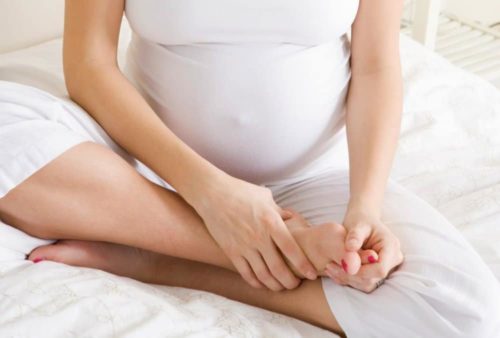How Pregnancy Can Affect Your Feet – PART TWO
In last week’s article, I discussed how pregnancy can affect your skin and nails.
Today we will look at the biomechanical and musculoskeletal issues which can arise during and after the baby arrives.
Ligament Laxity: As hormone levels change, ligament laxity can occur. This means that our ligaments become more mobile to allow changes within joints. This is ideal when we consider changes to the pelvis, however, when it comes to the feet and lower limb, laxity in the joints of the foot and ankle can result in instability.
Changes in gait: As you gain weight during the pregnancy, and in addition to the joint laxity in your feet, maintaining your balance can become tricky. This is why during the late stages of pregnancy, women will walk with a large curvature of the back, and with a broader based gait to maintain balance. Additionally, the drastic changes in weight and shift of the centre of gravity leads to altered loads through our muscles and joints which can present as symptomatic pain. We often see postpartum mothers experience symptoms such as heel pain, forefoot pain and knee pain due to these changes.
Changes in foot size: During pregnancy, women may note that the size of the feet will increase. This is due to an accumulation of fluid and tissue within the lower extremities. As mentioned previously hormonal changes also occur that lead to laxity or looseness of the ligaments within the foot. This loosening results in an increase in foot length and width with a decrease in arch height, meaning the arch becomes flatter. While these changes tend to reverse themselves in the post-partum period, some women may notice a permanent change in the shape of the foot or notice they go up a shoe size.
Calf swelling, cramping and pain: Calf swelling and cramping are frequent during pregnancy. Blood flow returning from your legs back to your heart is slowed due to the increased size of the uterus and foetus. This leads to a build-up of fluid within the legs. Wearing compression stockings can help reduce swelling. Regular walking and low-impact aerobic exercise during pregnancy will also reduce swelling. Staying properly hydrated and frequent stretching of the calves can help to reduce symptoms and massaging the area can also provide relief.










